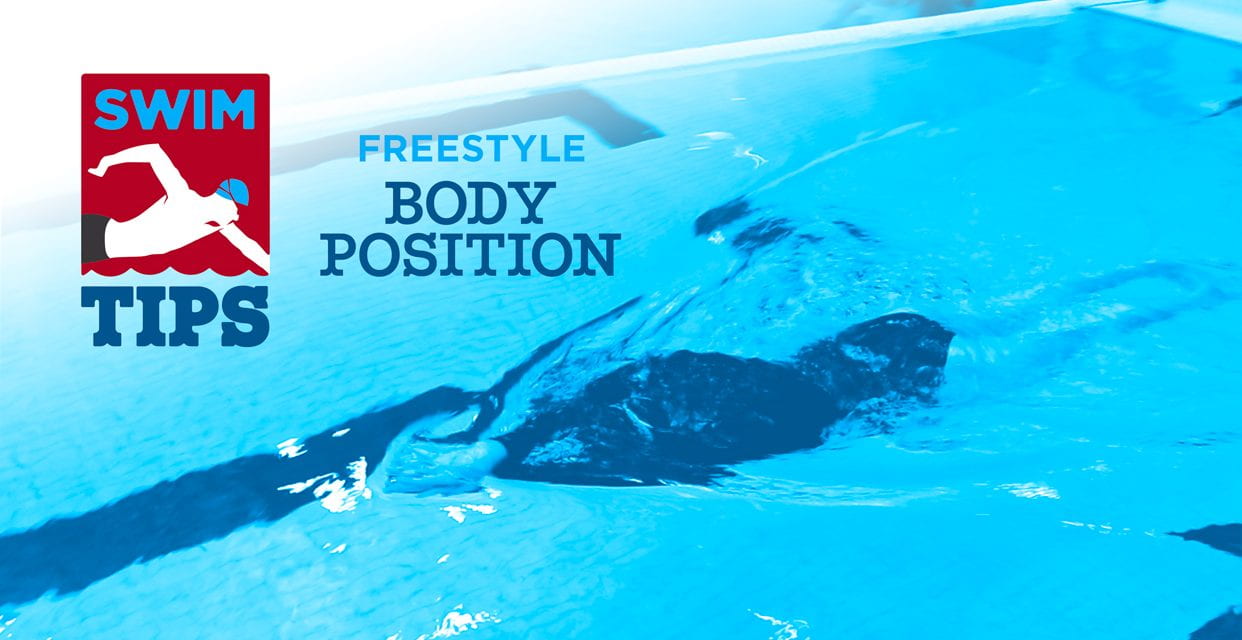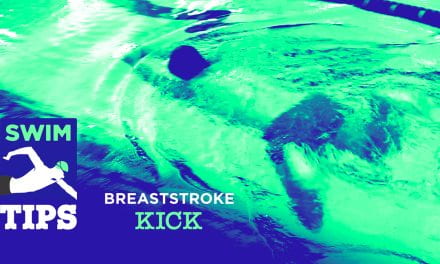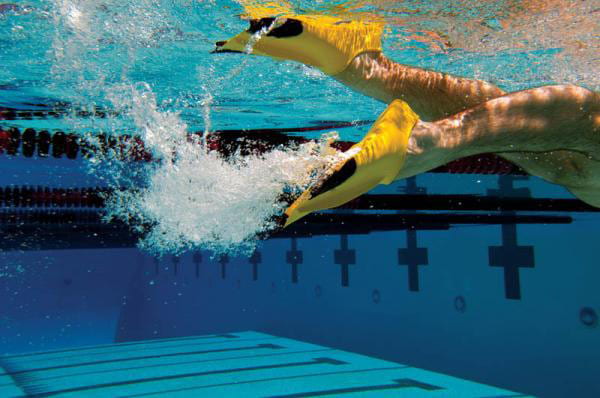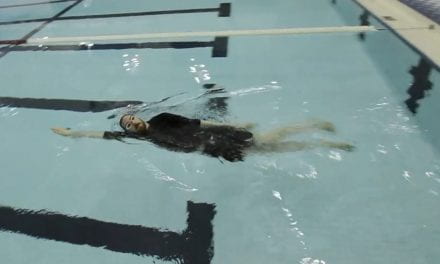Swimming is one of the best forms of cardiovascular exercise for people of all ages and fitness levels. This low-impact exercise offers a full-body workout that helps release stress and tension. Like every other exercise, correct form and technique will improve results and help minimize injuries.
Freestyle, also commonly known as front crawl, is one of the most widely taught swimming strokes and is popular for fitness training. However, there are a lot of different components that create an efficient stroke. In this series, we will be breaking down each component so that, when put together, you will be able to swim effectively and efficiently.
The first step to mastering any stroke is achieving the correct body position. Drag is the biggest obstacle a swimmer must overcome to move efficiently through the water. With a flat body position, you minimize the drag force that will slow your momentum.
We want the body flat horizontally to the surface of the water, with the arms up, the hands over one another, and legs together with the toes pointed back; this is a streamline position. A great way to test this position is by pushing off the wall while holding it through a glide for as long as possible. Whether on the surface or under the water, you should be gliding effortlessly.
Many swimmers commonly lack a strong core when holding the streamline position. Strengthening the core muscles with exercises such as v-sits and planks will help improve the ability to hold the body in the correct position longer while swimming. A strong core will also benefit the rest of the strokes.
Check out some of our previous Swim Tips
Book a registered private lesson or group lesson for you or your child(ren) with our expert instructors or take their lessons to the next level with Canadian Swim Patrol!
By Colyn Ma
Colyn is one of the Aquatic Programmers at MacEwan University Sport and Wellness. He has been with us for over six years and has over 10 years of competitive swimming and coaching experience.





